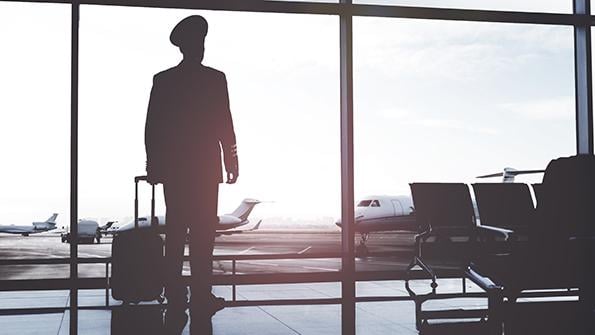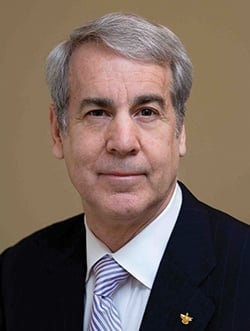This article is published in Aviation Week & Space Technology and is free to read until Aug 28, 2024. If you want to read more articles from this publication, please click the link to subscribe.
Commentary: Equipment Availability Is Driving Any U.S. Pilot Shortages

The U.S. pilot shortage is clearly equipment driven. The demand for the commodity—the airline seat—is strong, and airlines want to meet this demand. To do so, U.S. airlines have ordered hundreds of new aircraft and were, until recently, hiring pilots at record levels.
The delivery and certification problems at Boeing and the Pratt & Whitney engine issues affecting Airbus A320 family aircraft have combined to delay the demand for pilots at most of the US major airlines.
Precise numbers are hard to find on the number of Boeing deliveries that have been delayed, but we know that 737 MAX 7, MAX 8, and 787 deliveries are reduced, and the MAX 7, MAX 10 and 777-9 are not yet certified. The good news is that the US majors usually take all the aircraft they order eventually—and when they do, there will be renewed demand for pilots to fly them.

Each aircraft delivery, certification, or repair problem has its own timeline for resolution with some taking up to two years to be resolved, but when they are resolved, aircraft will enter or return to service, and pilots will be needed again in large numbers.
Other means to offset the damage equipment shortage has caused include keeping aircraft longer; flying them more frequently; utilizing regional aircraft more; acquiring used aircraft or someone else’s new aircraft; and delaying new routes.
The argument that pilot certifications of multi-engine ATPs (9,000 in 2022 and 11,000 in 2023) are sufficient to cover the increased hiring rates of the past few years—when they have remained below the hiring rate for the majors alone (13,000 in 2022 and 12,000 in 2023), not including regionals, corporate, fractionals and charter pilot demand—seems illogical. An FAA license alone does not ensure that the applicant has the right stuff to do the job, wants to be an airline pilot, or has the right to work in the US. It takes more than a class-one FAA physical, an ATP, and a Mastercard to earn this job and do it well.
The slowdown in traffic growth referred to by some may well be because of the initial shortage of regional first officers and eventual shortage of regional captains prompted by the massive pilot hiring at the U.S. majors and the developing equipment shortage. The argument that all you need to do is raise the pay and there will be enough pilots to do the job was a short-term solution—but the pilots that were “found” in this process are all on board now, and because it takes three to five years to grow a pilot with the training and 1,500 hours of experience required to work at the airlines, higher pay has become a long-term, rather than short-term, issue.
Pilot-to-aircraft ratio is greatly affected by the range of the aircraft flown because of the requirement for an additional first officer if flying over eight hours and two first officers if flying over 12 hours. This makes Southwest to Delta Air Lines/United direct comparisons problematic because, unlike Delta and United, Southwest’s network is mostly U.S. focused. The post-COVID recovery was at first mostly driven by the domestic market, though the international market is returning strong. This recovery has the potential to make the pilot shortage even worse than before, when aircraft do become available again.
Pilot wages have improved because of the initial 20%+ increase, along with the subsequent 30%+ increases over the length of new US major airline pilot contracts—and even more over the past several years at the regional airlines.
As for rising costs, almost any stable known cost factor like pilot pay can be accommodated in a profitable business plan, especially if they are similar among key competitors (and they are). The scary ones are the variable costs, such as fuel, that are out of the airlines’ control. A key factor is that each airliner supports about 100 direct airline jobs and many more indirect jobs across all career types.
Kit Darby is a former US airline pilot and president at KitDarby.com Aviation Consulting, a Peachtree City, Georgia-based consultancy.




